Core Web Vitals CMS rankings shift build-vs-buy economics for 2025
Most marketers ask the same question when a dataset like this lands: does CMS choice move the needle on growth? Short answer: for SEO rankings, not much directly. For acquisition efficiency and conversion, it can be material.
The latest HTTPArchive/CrUX update ranks Duda first for Core Web Vitals pass rate (84.96%) and WordPress last (44.34%), with Joomla leading month-over-month gains yet still fifth. This is less about rankings and more about predictable user experience and acquisition efficiency. Explore the dataset in the Technology Comparison Report.
Key takeaways
- Expect higher default UX quality on SaaS site builders: Duda's 84.96% CWV pass rate vs. WordPress's 44.34% means most Duda sites clear thresholds without heavy engineering. That reduces time to launch and lowers the maintenance burden for small teams.
- For PPC, faster pages can improve landing page experience and Quality Score, often lowering CPC. A conservative model: a 1-2 point QS lift can reduce CPC by 5-15% (assumption), and speed gains can lift conversion rate. Model both effects before migrating CMS.
- For SEO, Core Web Vitals are not a primary ranking system, but poor UX can be a tiebreaker and reliably hurts engagement that drives revenue. Do not expect CMS choice to move organic rankings by itself; expect it to move revenue per visit.
- WordPress's lower pass rate and slower month-to-month gains imply more ongoing effort to hit CWV targets unless you run a tight stack (modern theme, minimal plugins, strong hosting/CDN). Budget accordingly or consider a hosted alternative.
- Short term, expect the gap to persist. Long term, WordPress's slower annual cadence may reduce technical debt, but structural constraints (backward compatibility, plugin variance) will continue to create wide outcome variance.
Situation snapshot
- Trigger: July update of the HTTPArchive Core Web Vitals Technology Report comparing CMS-level pass rates and month-over-month changes.
- Facts:
- Duda leads July with 84.96% of sites passing CWV; Wix 73.37%; Squarespace 68.93%; Drupal 60.54%; Joomla 54.78%; WordPress 44.34%.
- Month-over-month gains: Joomla +3.23%; Wix +2.61% (some coverage cites 2.51% - minor discrepancy); Drupal +1.47%; Duda +1.33%; Squarespace +1.27%; WordPress +0.90%.
- Data sources: Chrome UX Report (field data) and HTTPArchive (lab/build analysis).
- The WordPress project has flagged rising technical debt and contributor sustainability, summarized on the official WordPress site, and moved to a slower annual core release cadence detailed here.
Breakdown and mechanics
- Why SaaS builders score higher: Controlled stack and opinionated defaults lead to consistent bundling, image/CDN policies, and critical-path optimization. Fewer pitfalls for site owners mean a higher share of URLs pass LCP/INP/CLS thresholds.
- Why WordPress lags: Heterogeneous themes and plugins, legacy compatibility, and variable hosting often increase resource weight, JS execution, and layout shifts from third-party embeds. Pass rates are achievable but require careful management.
- What CWV measures: Passing means LCP ≤ 2.5s, INP ≤ 200ms, and CLS ≤ 0.1 for the 75th percentile of real users. Traffic mix (device and network) matters as much as code quality, favoring platforms that optimize end-to-end delivery.
- Ranking vs. revenue: Google states page experience is not a core ranking system. Poor UX can still matter at the margins and consistently depress conversion. Multiple studies find faster mobile performance correlates with higher conversion.
Impact assessment
Paid search and paid social landing pages
- Direction and scale: Positive for SaaS builders by default; neutral to negative for unmanaged WordPress. Expect 5-15% CPC savings if landing page experience improves a QS tier (assumption), plus conversion lift from faster render.
- Beneficiaries: Brands on Duda/Wix or WordPress with performance-focused hosting/CDN; agencies standardizing on fast templates.
- Losers: Sites using heavy WordPress page builders on cheap shared hosting; pages with render-blocking scripts and unoptimized images.
- Actions:
- Use field data (CrUX via PageSpeed Insights) on top PPC landing pages; target 75th percentile LCP ≤ 2.5s and INP ≤ 200ms by network.
- Model impact: If 50k monthly sessions, 2.0% CVR, $150 AOV, a 10% relative CVR lift from speed gains adds about $15k per month in revenue (assumption).
Organic search and content programs
- Direction and scale: Modest ranking influence, strong engagement impact. Expect higher dwell and lower bounce when CWV passes, especially on mobile.
- Beneficiaries: Content teams on platforms with built-in image/CDN pipelines and stable layout controls.
- Actions:
- Audit templates for CLS (reserve space for images and embeds) and third-party scripts; consolidate tracking.
- For WordPress, prefer block themes, server-side caching, responsive images (AVIF/WebP with srcset), and limit plugins to essentials.
Site operations and engineering
- Direction and scale: TCO advantage for SaaS when customization needs are moderate; higher ongoing performance engineering for WordPress.
- Beneficiaries: Small teams needing predictable performance without deep dev support.
- Losers: Highly customized WordPress stacks without budget for refactoring.
- Actions:
- Build-vs-buy: If you must pass CWV across hundreds of pages with a small team, SaaS can reduce maintenance hours meaningfully (assumption). If custom workflows are critical, stick with WordPress but standardize your stack and add CI checks to catch CWV regressions.
Creative and analytics
- Direction and scale: Design freedom is constrained by CWV budgets. Component libraries and image policies gain importance.
- Actions:
- Introduce performance budgets in design reviews and gate new components on CLS/INP impact.
- Instrument Real User Monitoring to catch regressions by country and device.
Scenarios and probabilities
- Base (likely): Gap holds through 2025 - Duda/Wix sustain a 10-40 point lead in pass rates. WordPress inches up as hosts and themes adopt performance fixes. Migration decisions hinge on customization needs vs. operational cost.
- Upside for WordPress (possible): Core and major ecosystems converge on leaner block themes, fewer heavy builders, and more hosts ship automatic image/CDN/HTTP/3, raising pass rates by high single digits over 6-12 months.
- Downside for laggards (edge): Google raises thresholds or shifts weight toward INP; ad platforms price landing page speed more strongly, penalizing slow stacks with higher CPC and lower impression share. This is speculative.
Risks, unknowns, limitations
- CrUX sample bias: Only sites with enough Chrome traffic are included. Device, network, and geography can tilt results.
- Identification accuracy: CMS detection and site composition vary. A high-variance platform like WordPress will show wider spread around the mean.
- Conflicting data point: Wix MoM gain appears as both +2.61% and 2.51% in coverage. Direction is consistent; exact delta is uncertain.
- External factors: Hosting changes, third-party scripts, and content shifts can move CWV more than CMS alone.
- Falsifiers: If a broad, unbiased dataset shows WordPress achieving 70%+ pass rate without tight curation, the SaaS default advantage weakens.
Sources
- Technology Comparison Report (HTTPArchive/CrUX, July update)
- WordPress project update on sustainability and technical debt, summarized on the official WordPress site
- WordPress core release cadence change, details here

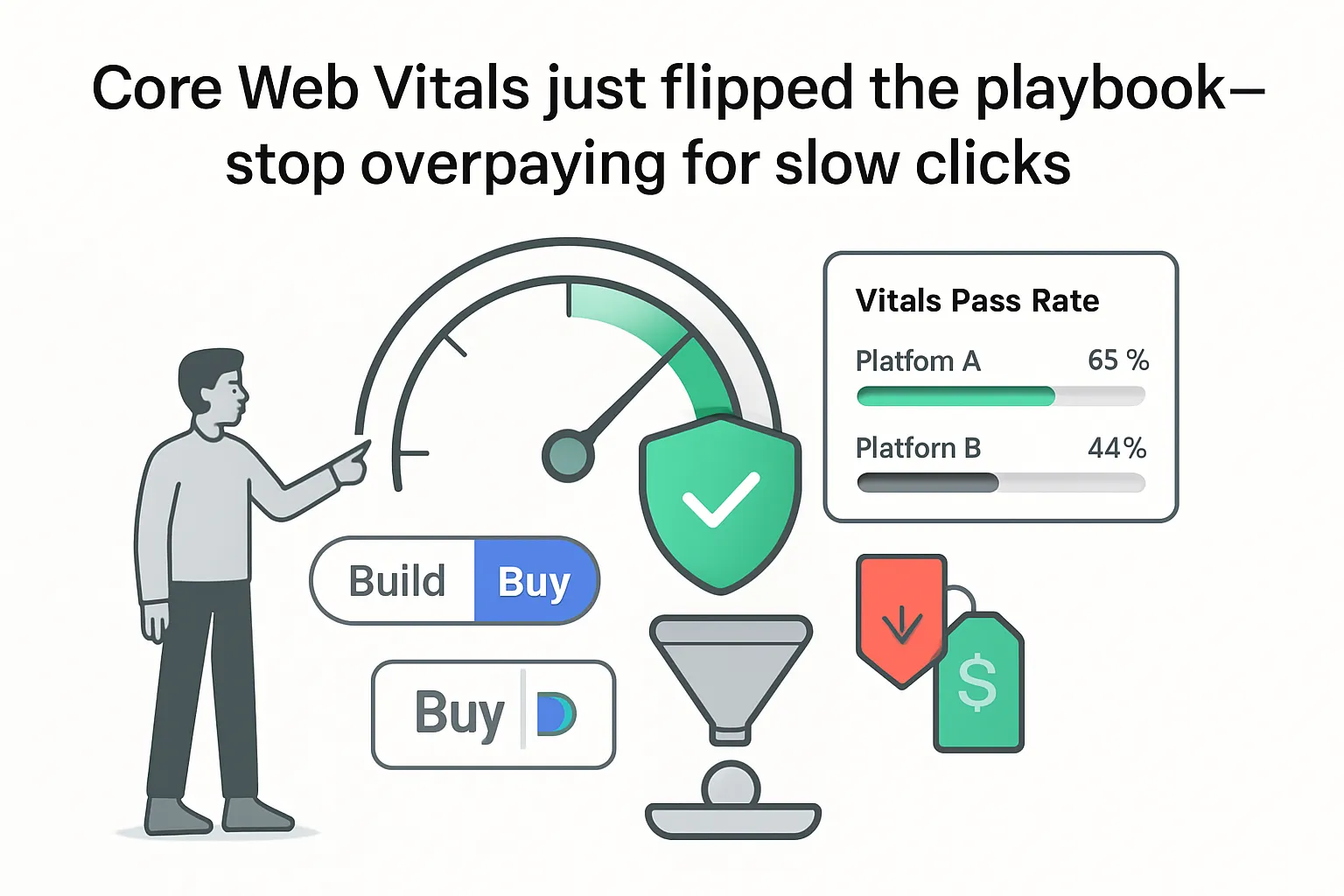
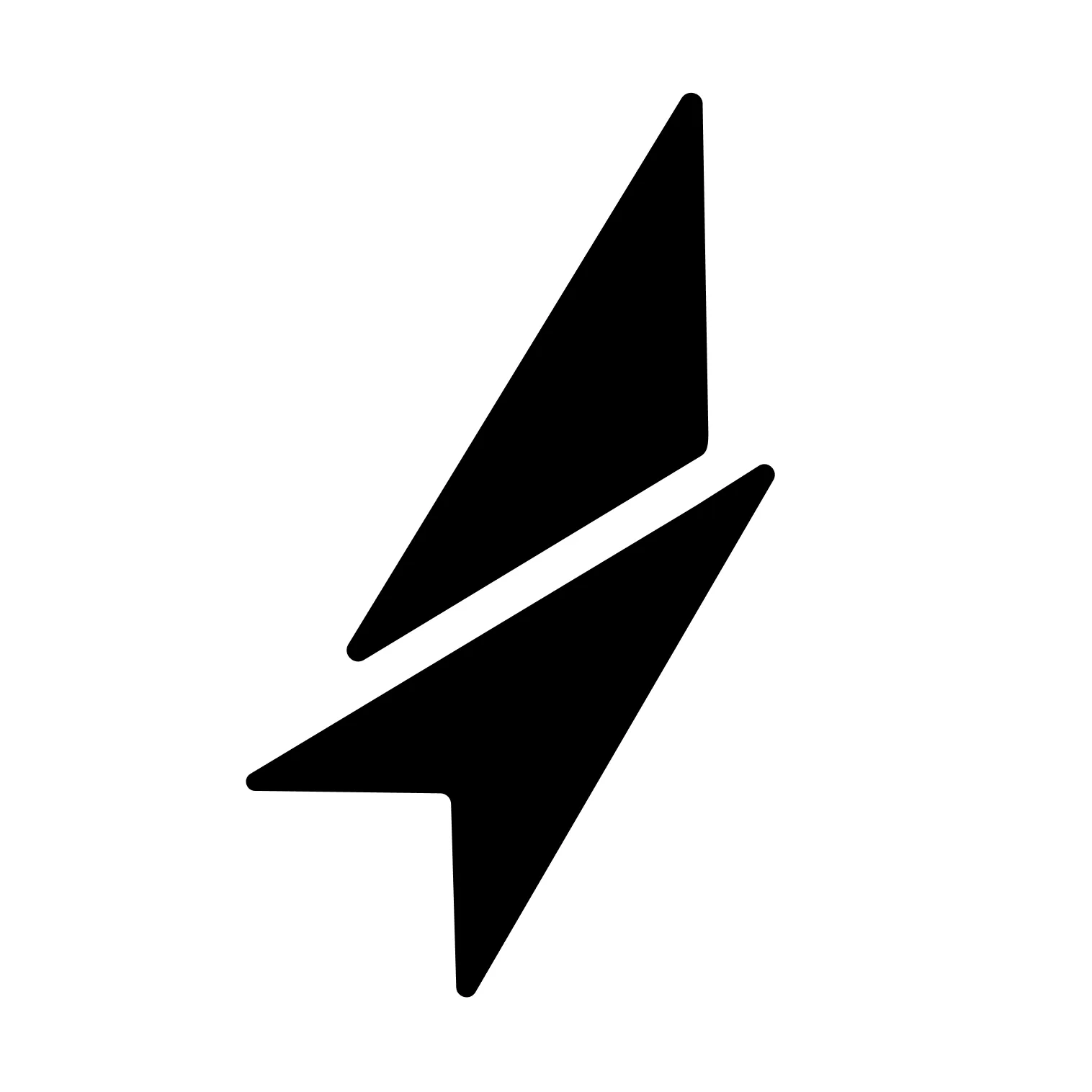

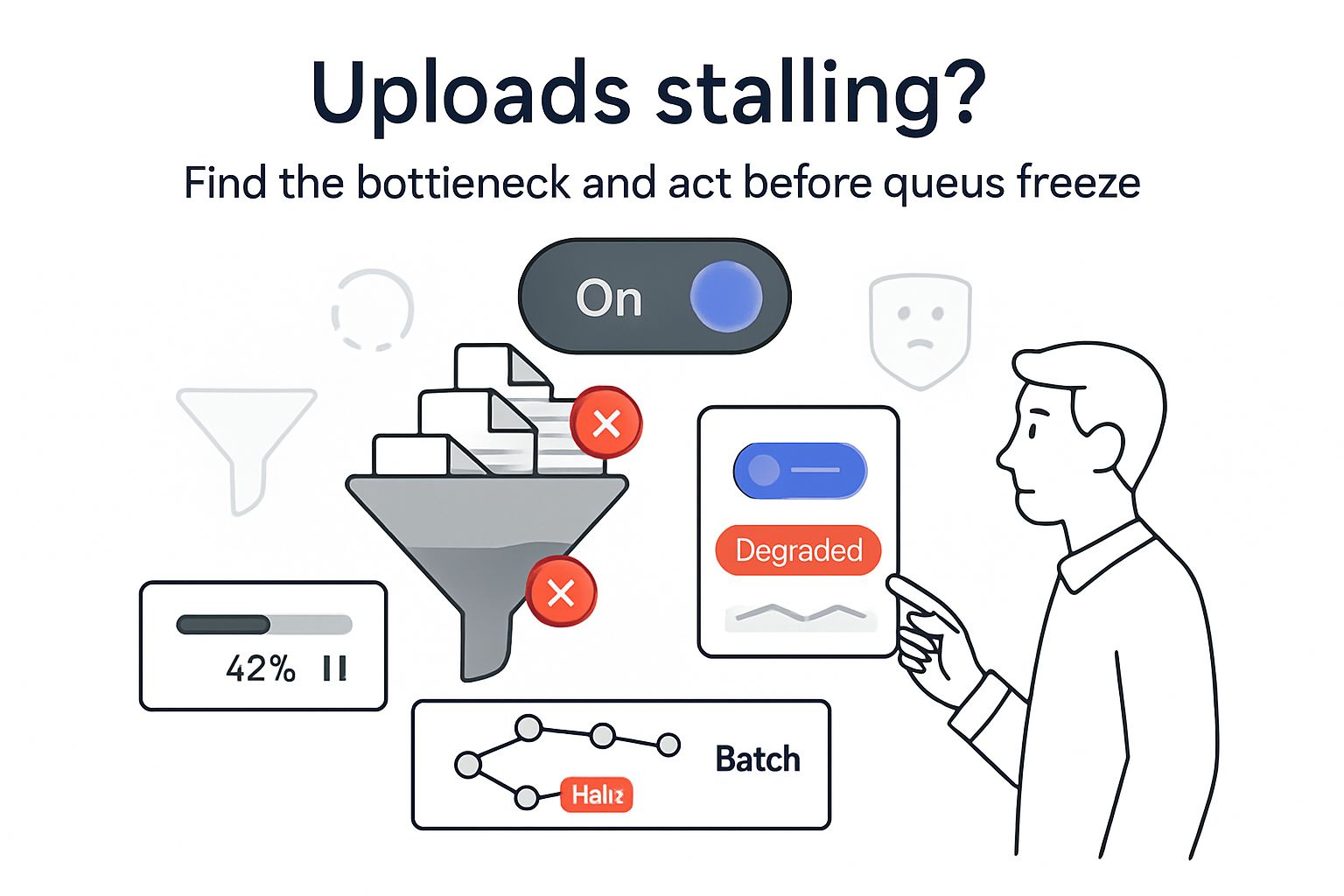
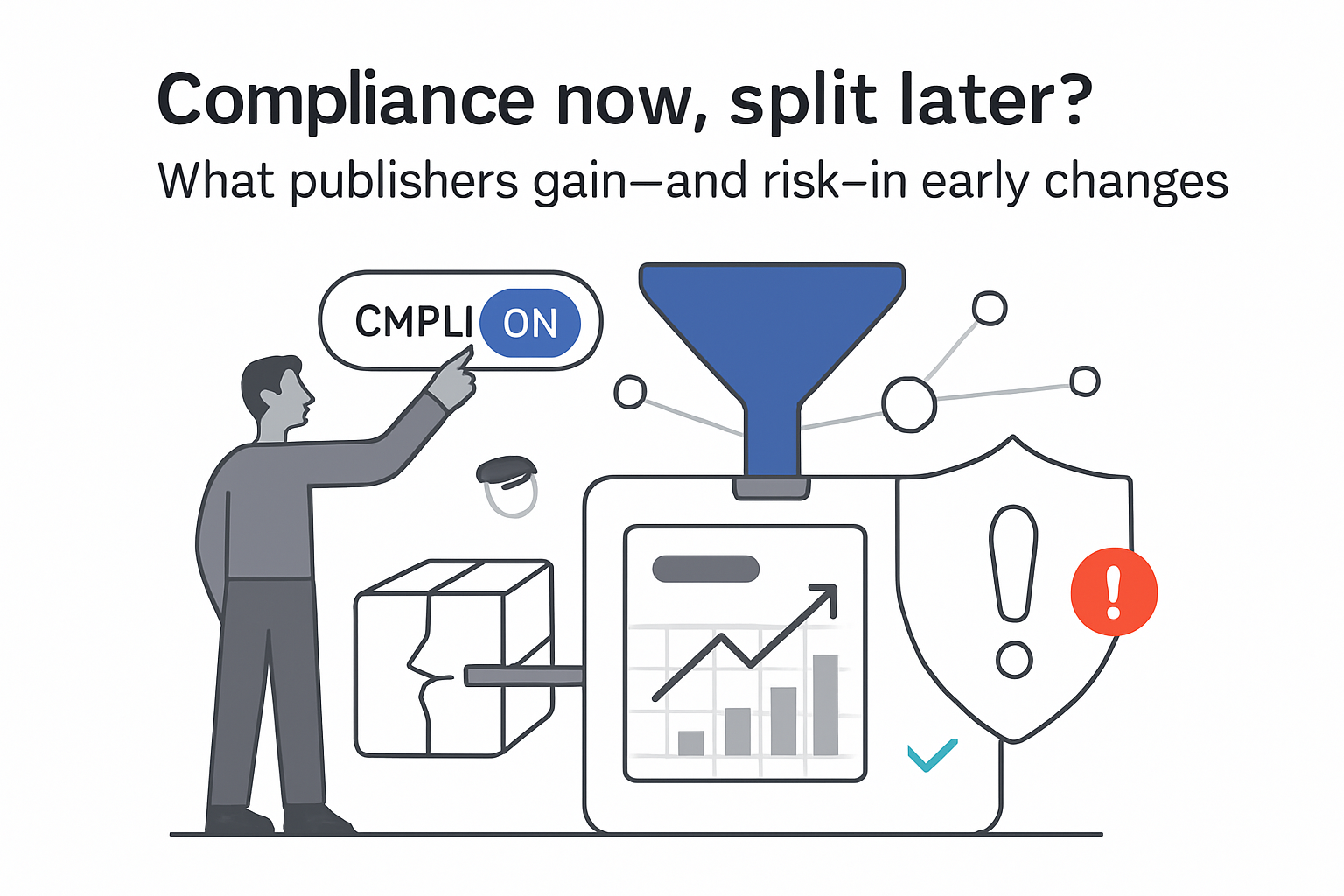
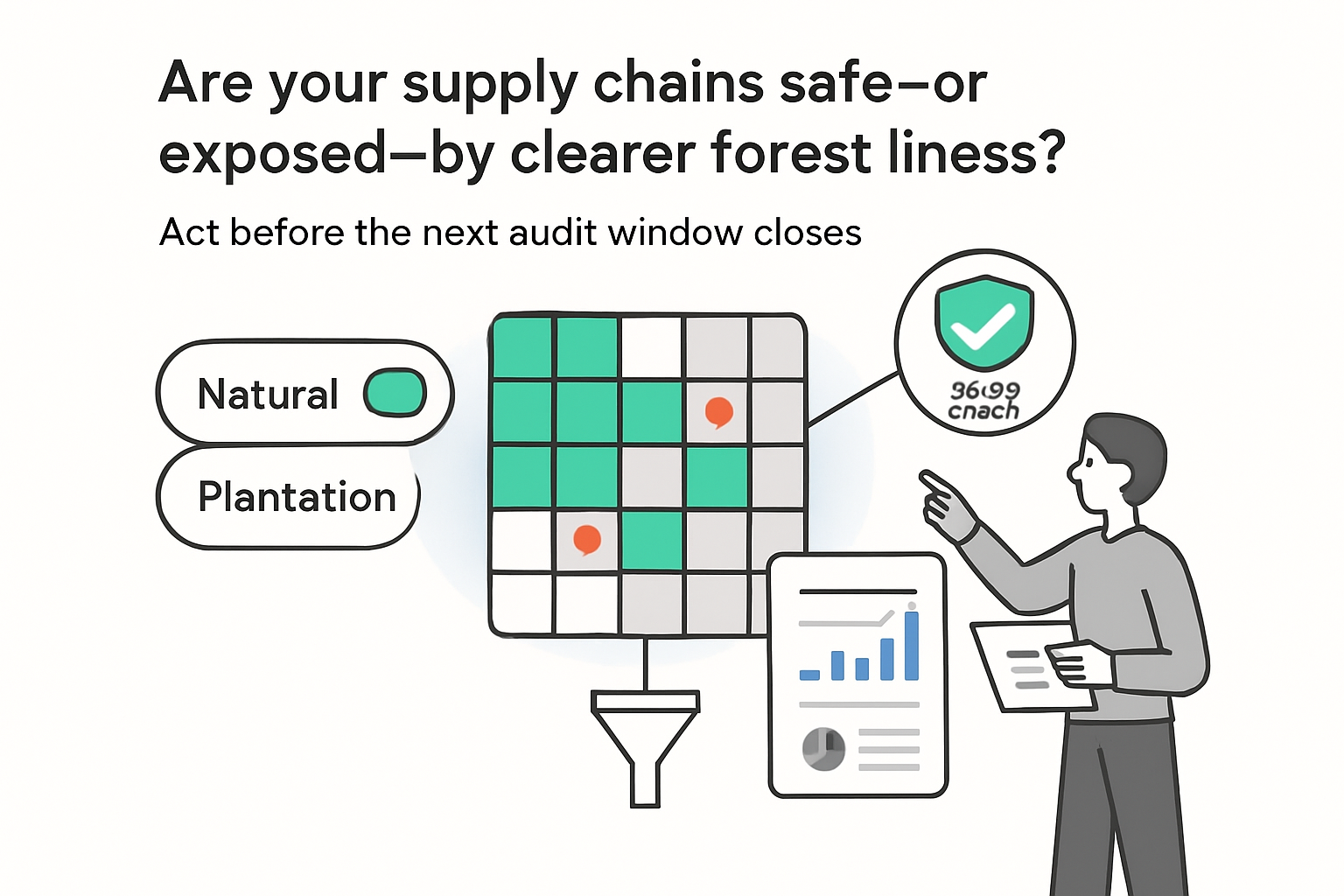
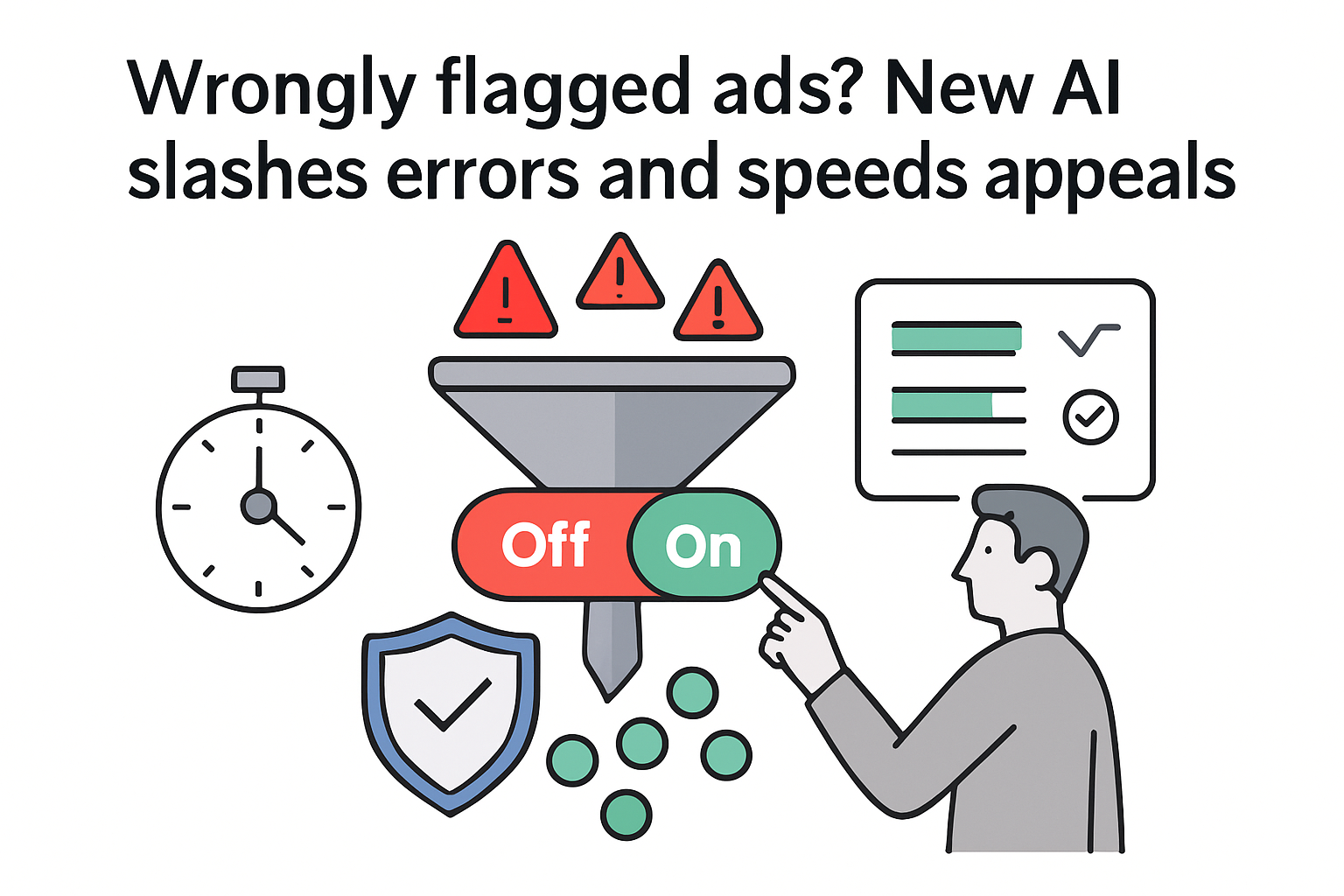
.svg)